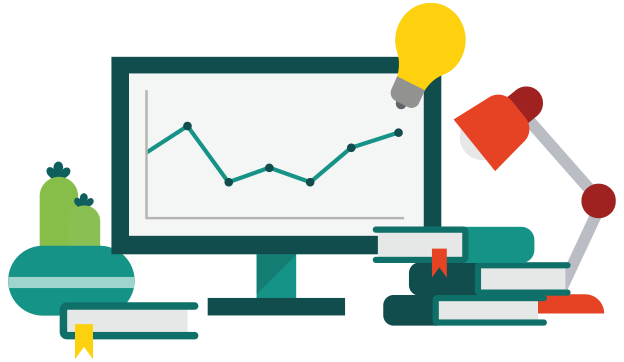When is a good time to start investing?

That’s a very good question. The answer is that there is no such thing as the ideal or right time to enter the stock market. No one can predict whether stock prices will go up or down over the coming months. The wise thing to do, therefore, is to diversify and give your investments time. One option is to spread your investments over time to make your returns more resistant to stock market volatility. This way you also avoid entering the stock market with a hefty sum in one go at the wrong time.
Investing involves risks. You could lose (some of) the money you invested.
Don’t hold out for the right moment
The focus in daily financial news is always on whether stock markets were up or down that day, looking mainly at indices such as Euronext Amsterdam’s AEX. These spot prices are snapshots. When you invest for the long term, highs and lows are simply part and parcel of investing. In the long term, chances of better returns may increase. Holding out for the right time to start investing is therefore generally pointless. Instead, you could start investing certain (smaller) amounts at different times.
Spread your entry into the stock market
Imagine you were to invest your money in one go. There is no way to know whether the time is right. Prices can go up or fall further. There is another way to get started: divide your money into smaller amounts and invest these amounts at different times. You can put money into your investments weekly, monthly or even annually. This way, you will be buying investments when prices are higher or lower, meaning that you ultimately pay an average price overall and increase your chances of returns.
Please note: investing involves risk. You could lose all or part of your investment.
Consider periodic investing
Instead of spreading your investments at times you choose yourself, you can opt for regular investing. With regular investing, you purchase investments for a fixed amount and at a set time. You buy an investment at the price available at the time of your contribution. You can also set up multiple regular investments, allowing your total contributions to grow, and hopefully, your returns as well. You decide when to start or stop, how often to contribute, and how much to invest.
Give your investments time
The longer you invest, the more you benefit from the advantage of compound returns. Essentially, as your wealth grows, you can generate increasingly more returns. This also helps you to better weather the effects of a bad year.
Prepare first, then dive in
There is no perfect time to start investing, but good preparation is essential. Be aware of the risks involved in investing. What are your goals, your budget, and your investment approach? How much risk are you willing to take? Do you understand what you will be investing in? It is crucial to answer these and other questions before you begin. We guide you through this process in 7 steps. Only invest money you can spare on top of your buffer.
Investing involves risks
Investing involves risks. You could lose (some of) the money you invested. If you are going to invest, it is important that you are aware of this. Invest with money you can spare. Read more about the risks associated with investments.
Other information that may be of interest
What is a good first investment?

You are ready to get started. You have sufficient balance in your linked account and you want to buy your first investment. But what do you buy? What would be a good choice? Perhaps you already know exactly what you want. If not, let us point out the things you should bear in mind.
Learn to get started with investing in 7 steps

If you want to build up your knowledge before you start investing, or just want to understand it better, learn the basics in just 7 steps.